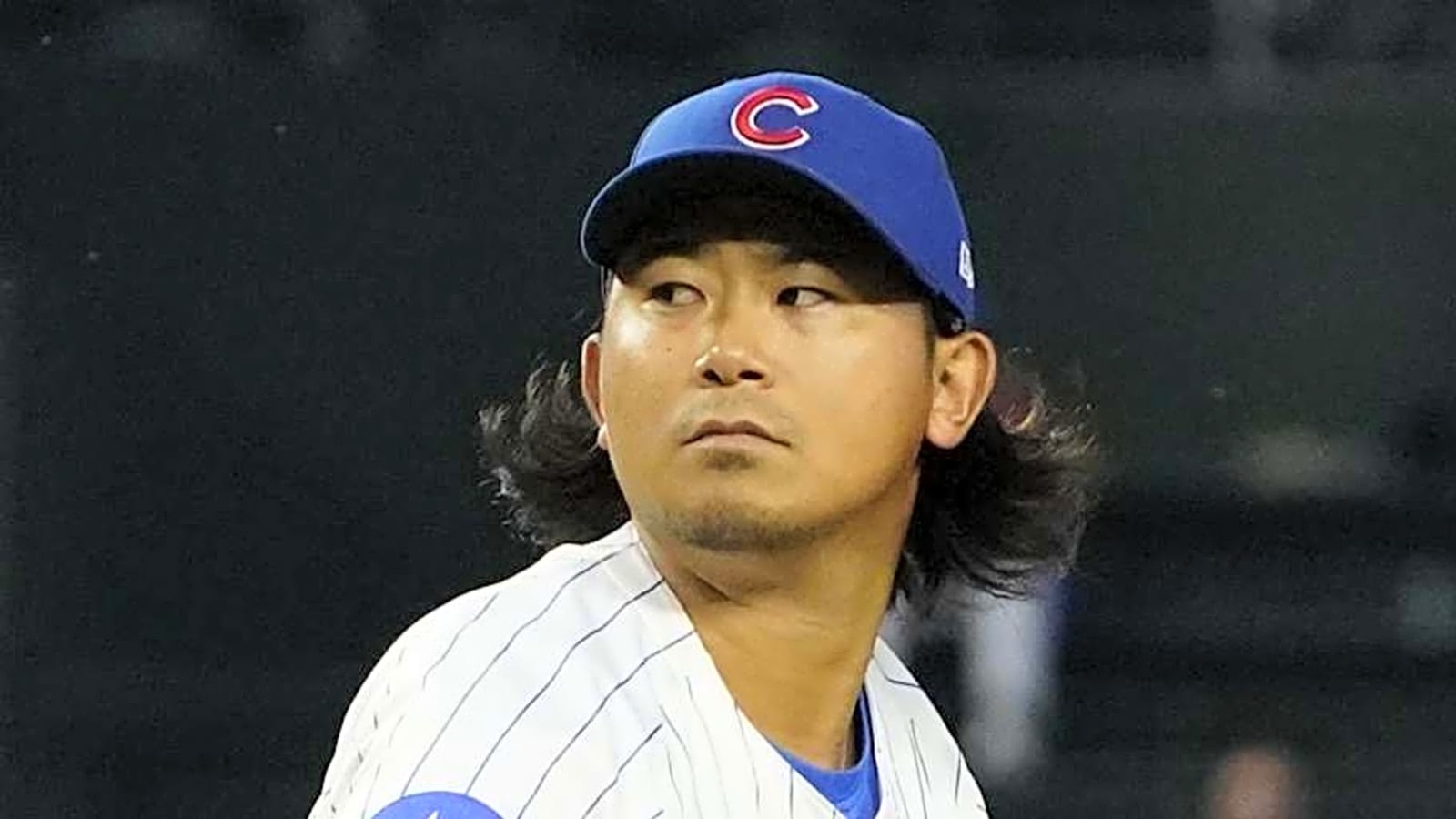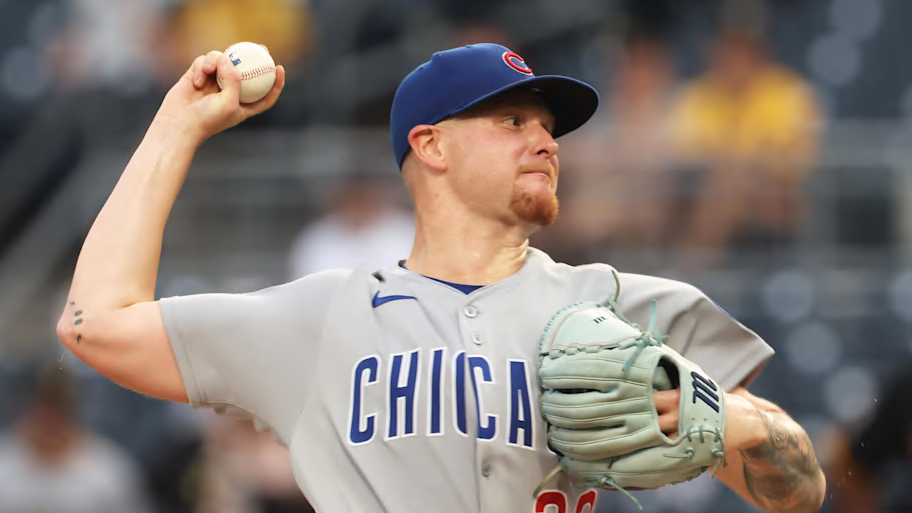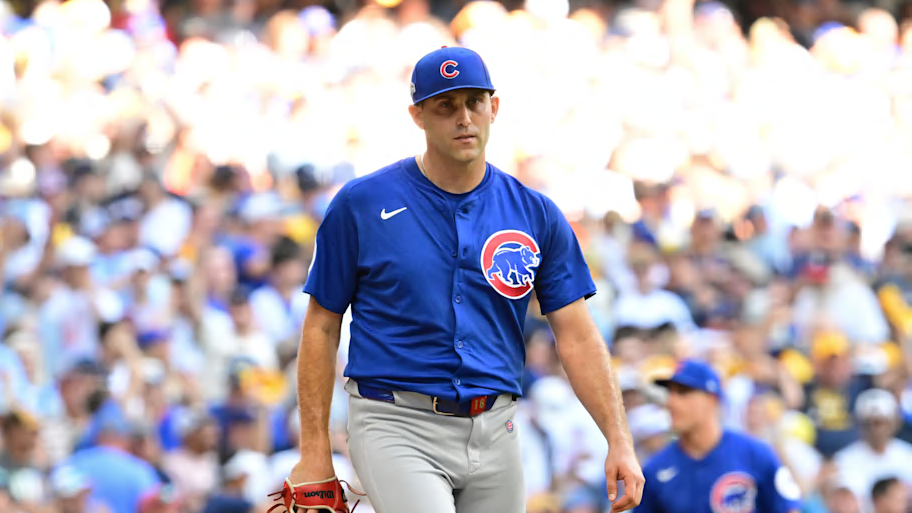
Offensively, the Chicago Cubs struck out 1,277 times in 2025, one of the highest totals among MLB teams.
On the pitching side, the staff’s team K % remains modest, while a single definitive public figure is elusive, multiple sources place the strikeout rate around or a little above 20%. For example, one data point shows the Cubs’ K% at 20.6%, according to StatMuse.
In short, when the Cubs’ pitchers face batters, they don’t miss bats at an elite rate. And in today’s game, every bit of contact is more dangerous than ever.
If the Cubs want to move from division contender to true championship threat, swing-and-miss ability must be at the top of the off-season agenda.

What swing-and-miss really brings
Swing-and-miss isn’t just about piling up strikeouts; it offers three strategic advantages:
- Momentum control: A pitcher who misses bats can dominate counts, shorten innings, and yield fewer opportunities for the opponent.
- Damage limitation: More whiffs mean fewer hard-contact events, lower exit velocities and fewer big innings surrendered.
- Strategic flexibility: With genuine miss-stuff, pitchers can challenge hitters instead of merely nibbling, altering the pace of the game.
Given that the Cubs’ staff includes many steady arms but few true “miss-machines,” investing in this trait could push the overall pitching unit into the “elite” tier.
Where the Cubs currently stand
Here’s how the baseline data stacks up:.
- Offensively: Cubs hitters struck out 1,277 times in 2025.
- Strikeouts per game (hitters): The team averaged about 7.88 strikeouts per game
- Pitching: While individual Cubs pitchers may post decent strikeout totals, none of the arms consistently produce whiff-rates or K% in the 30%+ range often seen among top staffs.

What the Cubs must prioritize this offseason
Here are actionable priorities the front office and coaching staff should follow:
- Target one or more pitchers (free agent or trade) whose K % or whiff rate is consistently in the high-20s or 30%+ range. Upgrading even one rotation/pen arm with that profile would shift the staff’s ceiling.
- Develop internal arms by refining pitch arsenals to increase swing-and-miss. That means harder breaking balls, higher spin rates, more effective change-ups, and intentional whiff-rate goals.
- Profile roles appropriately. If a pitcher doesn’t evolve into a miss-machine, consider shifting them into multi-innings relief or piggy-back roles while prioritizing high-whiff relievers in high-leverage innings.
- Use analytics and biomechanics aggressively. Track each pitcher’s whiff-% per pitch, chase-rate, foul-ball rate, and set incremental targets, for example, raise whiff rate by 2-3%.
- Bullpen depth with miss-value. In modern postseason games, relievers who miss bats can tilt short outings. The Cubs should the acquisition/development of relievers who generate strikes.
Why it matters now
In October, margins shrink. Hitters are sharper, scouting is deeper, and one bad inning can cost a series. For the Cubs to go beyond being a very good team and become a championship roster, they need pitchers who don’t just rely on contact management; they need pitchers who make hitters miss.
Top playoff clubs often feature staffs where multiple starters or relievers post whiff-rates above 30% and turnover hitters quickly. The Cubs don’t yet have that at scale, and that gap could be the difference in a short series.
In short, the Cubs are very good, but the best teams don’t just make hitters put balls in play, they make hitters miss. If Chicago wants the ultimate prize, that has to be front and center this off-season.
More must-reads:
- 10 best players in the 2025 World Series
- Dodgers losing key pitcher due to ‘personal matter’ ahead of World Series
- The 'World Series home run leaders' quiz
Breaking News
Trending News
Customize Your Newsletter
 +
+
Get the latest news and rumors, customized to your favorite sports and teams. Emailed daily. Always free!








